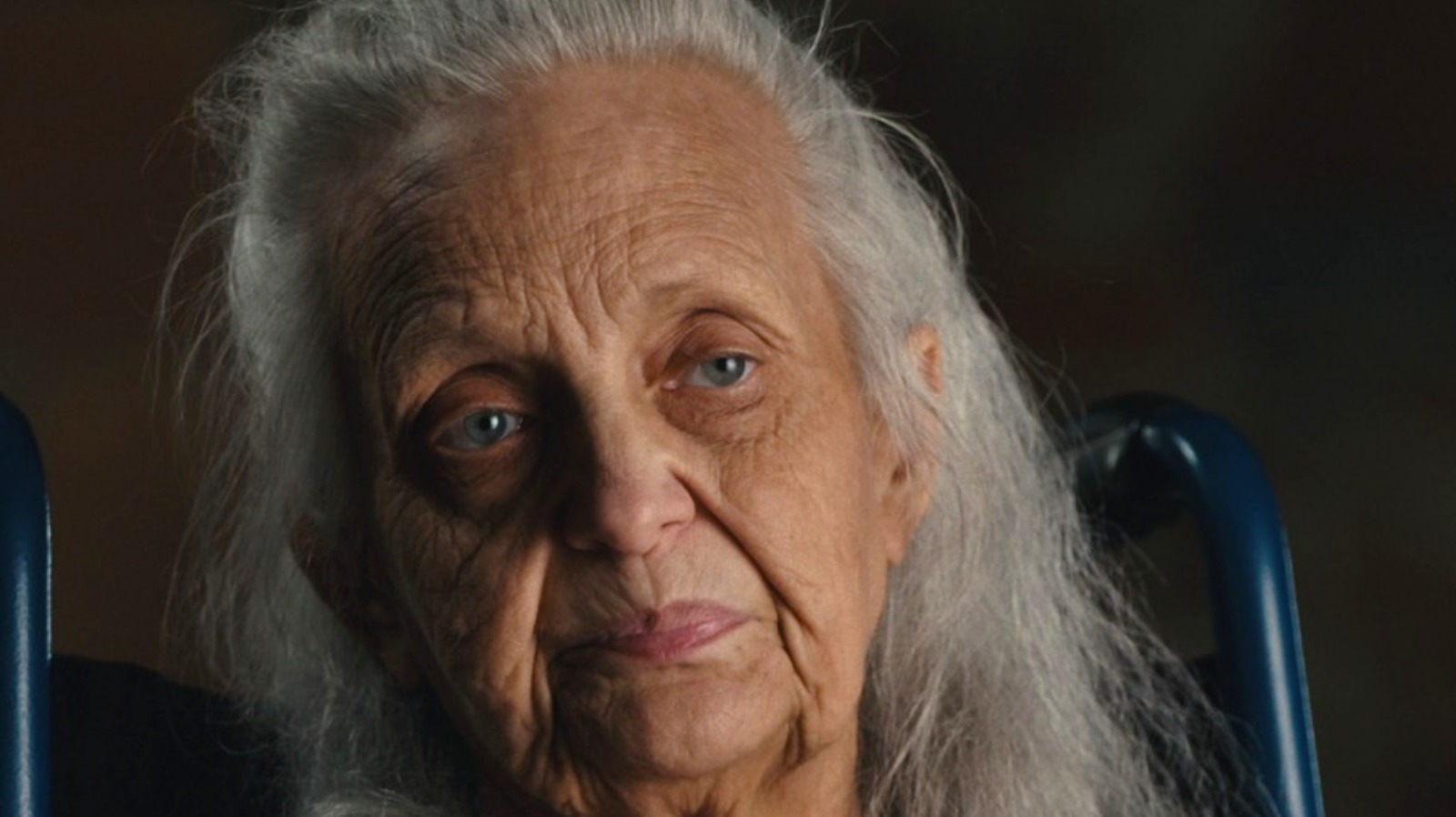Delve into the intriguing world of Netflix documentaries and the consequential debates sparked by the controversial integration of AI-modified images. This article sheds light on the ethical dilemmas surrounding the authenticity of AI-generated visuals in portraying real events. The use of AI-modified images in Netflix documentaries has raised significant concerns, leading to a deep discussion on responsible regulations and the implications of blurring the lines between reality and artificiality. Join us in unraveling the AI-modified images controversy in Netflix documentaries to understand the intricate balance between technological advancements and ethical considerations.

Netflix Documentary Controversy
Netflix’s documentary “What Jennifer Did” has sparked controversy due to the alleged use of AI-enhanced photographs that exhibit peculiar traits such as distorted hands and artifacts. This utilization of AI-modified images has raised concerns about authenticity and transparency in documentary filmmaking, questioning the boundaries between artistry and manipulation in portraying reality.
Despite the mounting allegations and public scrutiny, Netflix has remained silent on the issue, refraining from addressing the ethical implications of incorporating AI-modified images in their documentaries. The lack of acknowledgment regarding the use of such technology highlights the broader industry dilemma surrounding the blurred lines of truth and enhancement in visual storytelling, prompting discussions on the responsibility of media platforms in presenting accurate representations to their audiences.

Ethical Implications of AI Image Use
AI-modified images controversy in Netflix documentaries sparks ethical debates due to the risk of misrepresentation and harm to depicted individuals. When AI technology alters images, especially in legal contexts, the authenticity of the visual narrative comes into question, potentially leading to misconceptions and skewed realities for viewers.
The utilization of AI-generated images in documentaries can create a troubling scenario where the blurred line between reality and manipulation may deceive audiences. By distorting factual information, these modified visuals could sway perceptions and contribute to a skewed understanding of the events portrayed in Netflix documentaries.

Questionable Accuracy of AI-Generated Images
AI-modified images controversy in Netflix documentaries:
- AI algorithms, while powerful, can distort reality by generating deceptive images that blur the lines between facts and fiction, raising concerns about the authenticity and accuracy of visual content in documentaries.
- This controversy sparks debate on the ethical implications of using AI to manipulate images, potentially altering historical records or distorting narratives, affecting the viewers’ understanding and perception of reality.

Legal Ramifications and Social Impact
Legal Actions and Repercussions:
The AI-modified images controversy in Netflix documentaries has sparked legal actions, such as Pan’s retrial ordered by Canada’s appeal court, underscoring the far-reaching repercussions of inaccurate portrayals in documentaries. These cases serve as a cautionary tale, highlighting the significance of maintaining ethical standards and accuracy in media representations.
Journalistic Criticism and Consequences:
Journalists have raised concerns regarding the sensationalism of true crime and the potential ramifications of using AI-modified images. This critique sheds light on the delicate balance between entertainment value and ethical responsibility in documentary filmmaking, emphasizing the need for transparency and integrity when employing advanced technologies in visual storytelling.

Regulatory Gaps in AI Image Use
The AI-modified images controversy in Netflix documentaries exposes a regulatory void. Existing laws do not directly address the integration of AI-generated visuals into media. This gap raises concerns about the implications for truth and authenticity in documentary storytelling.
- AI-modified images controversy in Netflix documentaries unveils a regulatory landscape unequipped with tailored guidelines. The absence of specific legislation targeting AI-manipulated media content leaves room for ethical breaches and manipulative practices to potentially influence audience perceptions.

Call for Responsible Regulations
The AI-modified images controversy in Netflix documentaries underscores the pressing need for regulations. To prevent misrepresentation, ensure transparency, and preserve ethical standards, industry-specific guidelines are essential.
Amid the AI-modified images uproar in Netflix productions, responsible regulations can harmonize technological advancements with ethical considerations. Striking a balance is crucial to maintain trust and authenticity in documentary storytelling.
